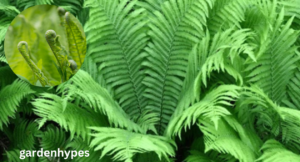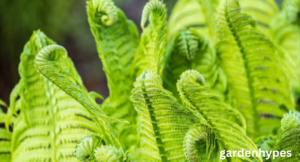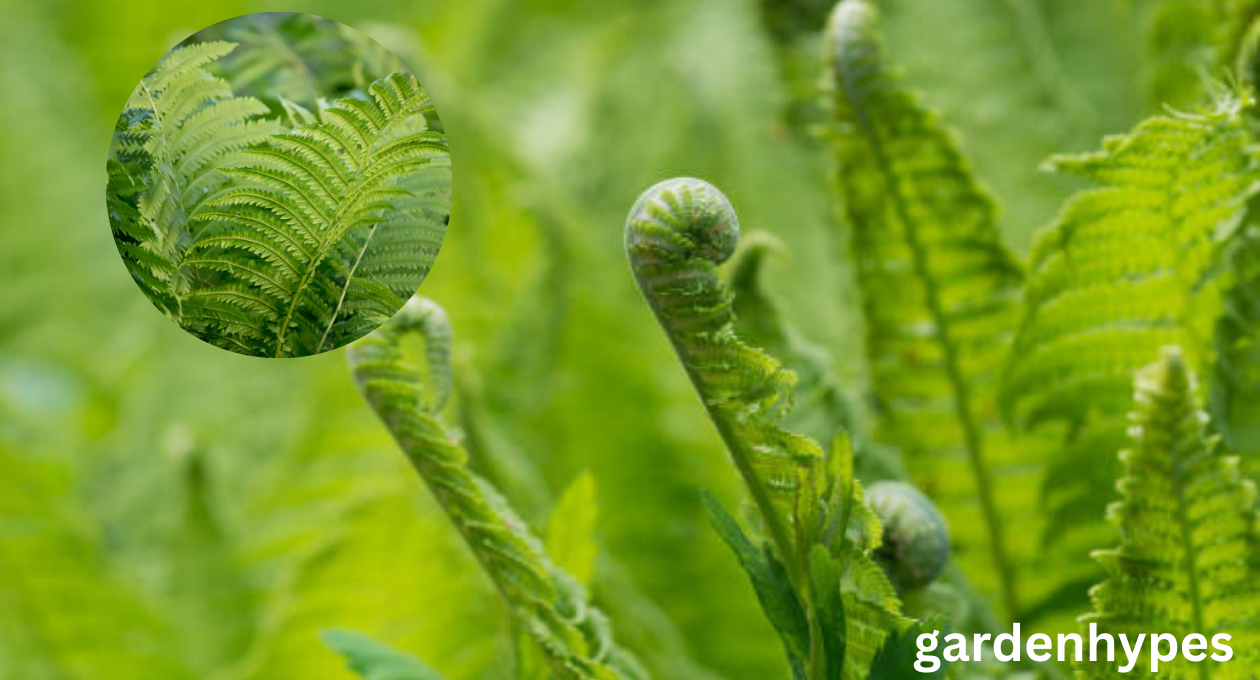Fascinating World of the Ostrich Fern
Introduction
Have you ever walked through a lush forest and noticed a plant that looks like it belongs in a prehistoric world? That’s the ostrich fern! With its feathery fronds and majestic height, this fern is not only a garden favorite but also a culinary delight. Let’s dive into everything you need to know about the ostrich fern.
What is an Ostrich Fern?
Scientific Classification
The ostrich fern, scientifically known as Matteuccia struthiopteris, belongs to the Onocleaceae family. Its name reflects its fronds’ resemblance to the feathers of an ostrich.
click in link chaunsa mango
Appearance and Key Features
Ostrich ferns are known for their vase-like shape, with fronds that can grow up to six feet tall. These fronds are bright green, deeply divided, and arch gracefully, giving them a unique and striking appearance.
Where Do Ostrich Ferns Grow?
Native Habitat
Ostrich ferns are native to the temperate regions of North America, Europe, and Asia. They thrive in damp woodlands, near riverbanks, and shaded wetlands.
Ideal Growing Conditions
Soil Requirements
These ferns prefer rich, well-draining soil with plenty of organic matter. A slightly acidic to neutral pH works best.
Light Preferences
They thrive in partial to full shade but can tolerate some morning sun if the soil remains moist.
Temperature Tolerance
Ostrich ferns are hardy in USDA zones 3–7, making them resilient to cold winters and cool climates.

Benefits of Growing Ostrich Ferns
Ornamental Appeal
The dramatic fronds make ostrich ferns a stunning addition to any garden, providing a lush, tropical feel.
Environmental Benefits
These ferns help prevent soil erosion and support biodiversity by providing shelter to small creatures.
Ostrich Fern and Edibility
Fiddleheads Explained
The young, coiled fronds of ostrich ferns, known as fiddleheads, are edible and considered a seasonal delicacy.
Nutritional Value
Fiddleheads are packed with nutrients, including vitamins A and C, iron, and potassium.
Cooking and Preparation Tips
Always wash fiddleheads thoroughly and cook them to eliminate any toxins. Sautéing or steaming them with garlic and butter is a popular way to enjoy their nutty, asparagus-like flavor.
How to Cultivate Ostrich Ferns in Your Garden
Planting Guide
Plant ostrich ferns in spring or fall, spacing them about 3 feet apart to allow room for growth.
Care and Maintenance
Watering Tips
Keep the soil consistently moist, especially during dry periods.
Fertilizing Needs
Add compost or a balanced fertilizer in early spring to encourage robust growth.
Pruning and Dividing
Remove dead fronds in late winter and divide the crowns every 3–5 years to maintain their vigor.
Common Pests and Diseases
Identifying Problems
Ostrich ferns are relatively pest-resistant but may face issues like slugs or fungal infections.
click in link chaunsa mango
Natural Remedies and Prevention
Use diatomaceous earth to deter slugs and ensure good air circulation to prevent fungal problems.
Propagation Techniques
Dividing Crowns
Divide mature ferns in early spring by separating the crowns and replanting them.

Spore Propagation
Collect spores from mature fronds and sow them on moist soil for a more challenging but rewarding propagation method.
Ostrich Ferns in Landscaping
Designing with Ostrich Ferns
Ostrich ferns make excellent focal points in shaded gardens or woodland landscapes.
Pairing with Other Plants
Pair them with hostas, astilbes, or bleeding hearts for a stunning combination of textures and colors.
Fun Facts About Ostrich Ferns
Historical Uses
Indigenous peoples have long harvested fiddleheads for food, and they’ve also been used in traditional medicine.
Unique Features
Ostrich ferns are among the few ferns that produce fertile fronds, which turn brown and persist through winter.
Conclusion
Ostrich ferns are more than just a pretty plant. They’re a versatile addition to your garden, a boon for the environment, and a treat for your taste buds. Whether you’re a seasoned gardener or a nature enthusiast, the ostrich fern is a plant worth exploring.
click in link chaunsa mango
FAQs
- What is the best time to plant ostrich ferns?
Spring or fall is ideal for planting ostrich ferns when the soil is moist and temperatures are moderate. - Are ostrich ferns toxic to pets?
No, ostrich ferns are non-toxic to pets, but it’s always good to supervise what they chew on. - How do I store fiddleheads?
Blanch fiddleheads, then freeze them for long-term storage. - Can ostrich ferns survive winter?
Yes, ostrich ferns are winter-hardy and will return each spring. - What are common mistakes when growing ostrich ferns?
Overwatering, poor drainage, and insufficient shade are common mistakes that can hinder their growth.
